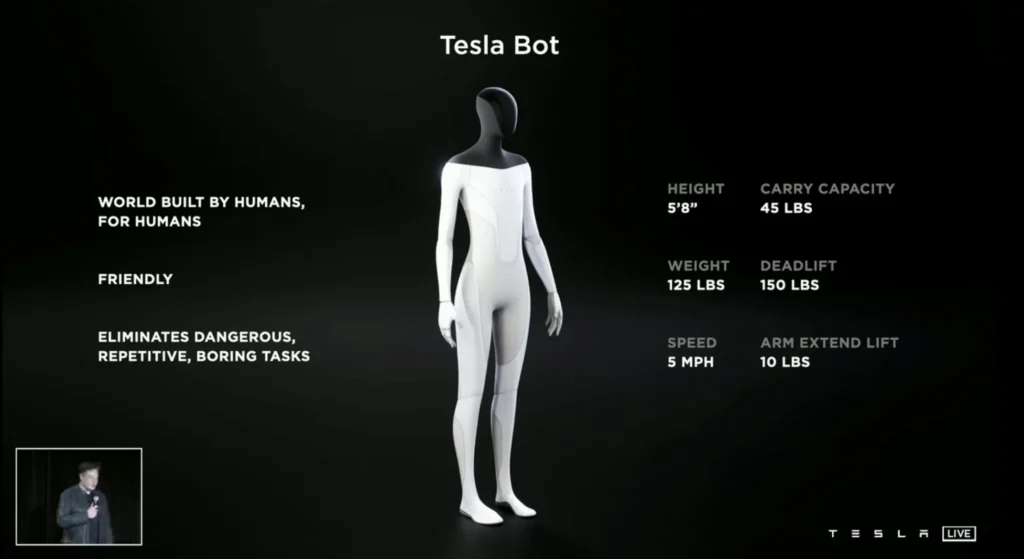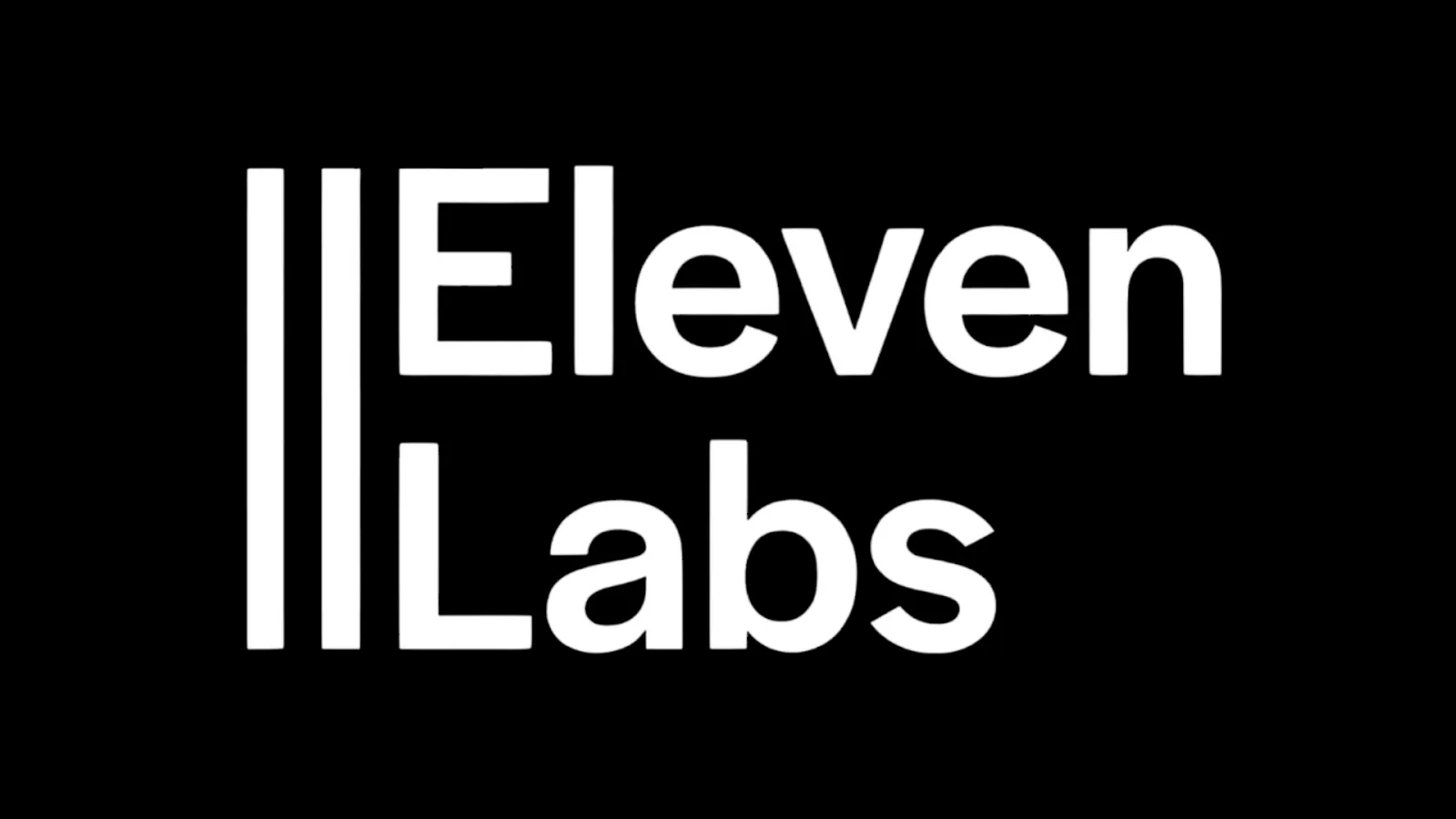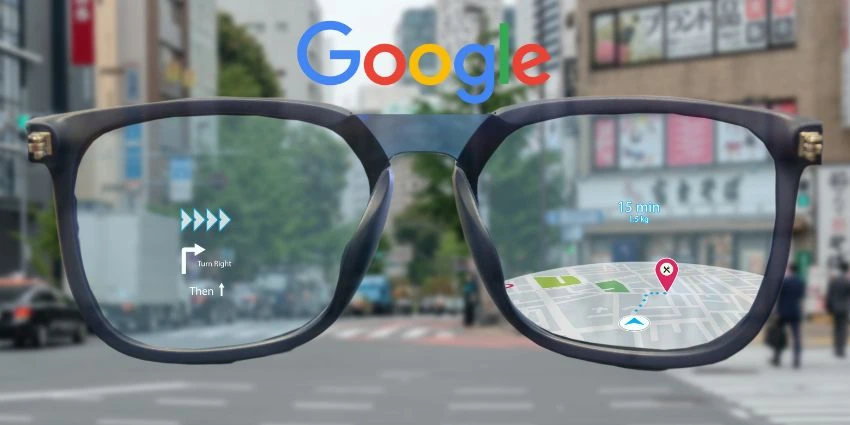What if your next coworker isn’t human.. but a robot that learns faster than you, never gets tired, and can fold laundry, lift weights, and walk like it’s been alive for years?
That’s not sci-fi. That’s Tesla Optimus, Tesla’s humanoid robot, and it’s real.
At the Tesla UP Summit 2025, Optimus didn’t just walk across the stage. It flexed its fingers, folded clothes, and showed off its ability to learn tasks in minutes. Powered by Tesla’s Full Self-Driving (FSD) neural networks, Optimus is designed to do physical work; at home, in factories, and maybe one day, in hospitals, schools, and cities.
But here’s the real question:
What does this mean for Gen Z aka us..?
What Is Tesla Optimus?
Optimus is a humanoid robot built by Tesla to handle repetitive, dangerous, or boring tasks. It’s about 5’8”, sleek, and surprisingly graceful. It’s trained using the same AI that powers Tesla’s self-driving cars, but instead of navigating roads, it’s learning how to move through human spaces.
At the summit, Tesla showed Optimus folding clothes with precision, lifting weights, and performing tasks that require both strength and sensitivity. It wasn’t just impressive, it was eerie. Because it looked… normal.
Why We Should Pay Attention
Optimus isn’t just a robot. It’s a signal. A signal that AI is entering the physical world… not just our screens.
Here’s why it matters:
- Jobs will change: From retail to logistics, robots like Optimus could take over tasks we thought were “human-only.” We need to be ready to lead, design, and rethink these systems.
- Creativity will rise: If robots handle the boring stuff, we get more time to create, explore, and innovate.
- Ethics will matter more: Who controls Optimus? What data does it collect? How do we keep it safe? These are questions we must help answer.
From Sci-Fi to Startup Culture
Optimus feels like something out of a movie, but it’s being built by real engineers, in real labs, with real funding. And it’s not alone. Companies around the world are racing to build humanoid robots that can walk, talk, and work.
But Tesla’s edge is its software. By using the same neural networks that train its cars, Tesla is teaching Optimus to learn from the world.. fast. That means it won’t just follow instructions. It’ll adapt.
For our creators, coders, and thinkers, this opens up a new frontier:
How do we design robots that understand us, not just obey us?

What Comes Next?
Tesla says Optimus could be mass-produced in the next few years. That means we’re not just talking about prototypes, we’re talking about real robots in homes, offices, and public spaces.
Imagine:
- A robot assistant that helps with homework
- A robot nurse that supports elderly care
- A robot teammate in your startup workspace
It’s not fantasy. It’s future. And we will be the generation that decides how it unfolds.
Final Thought
Optimus isn’t just a tech story, it’s our story. It’s about how we live, work, and dream in a world where machines walk beside us. And importantly we have to understand that because of the more improved AI technology, these robots can be created to do everything parallel to the humans. Sometimes we have to keep the negative impacts also in our minds!
So if you’re curious, creative, or even a little freaked out 😉 that’s okay. The future is weird. But it’s also open for literally everyone! 🙂
You may also like:







